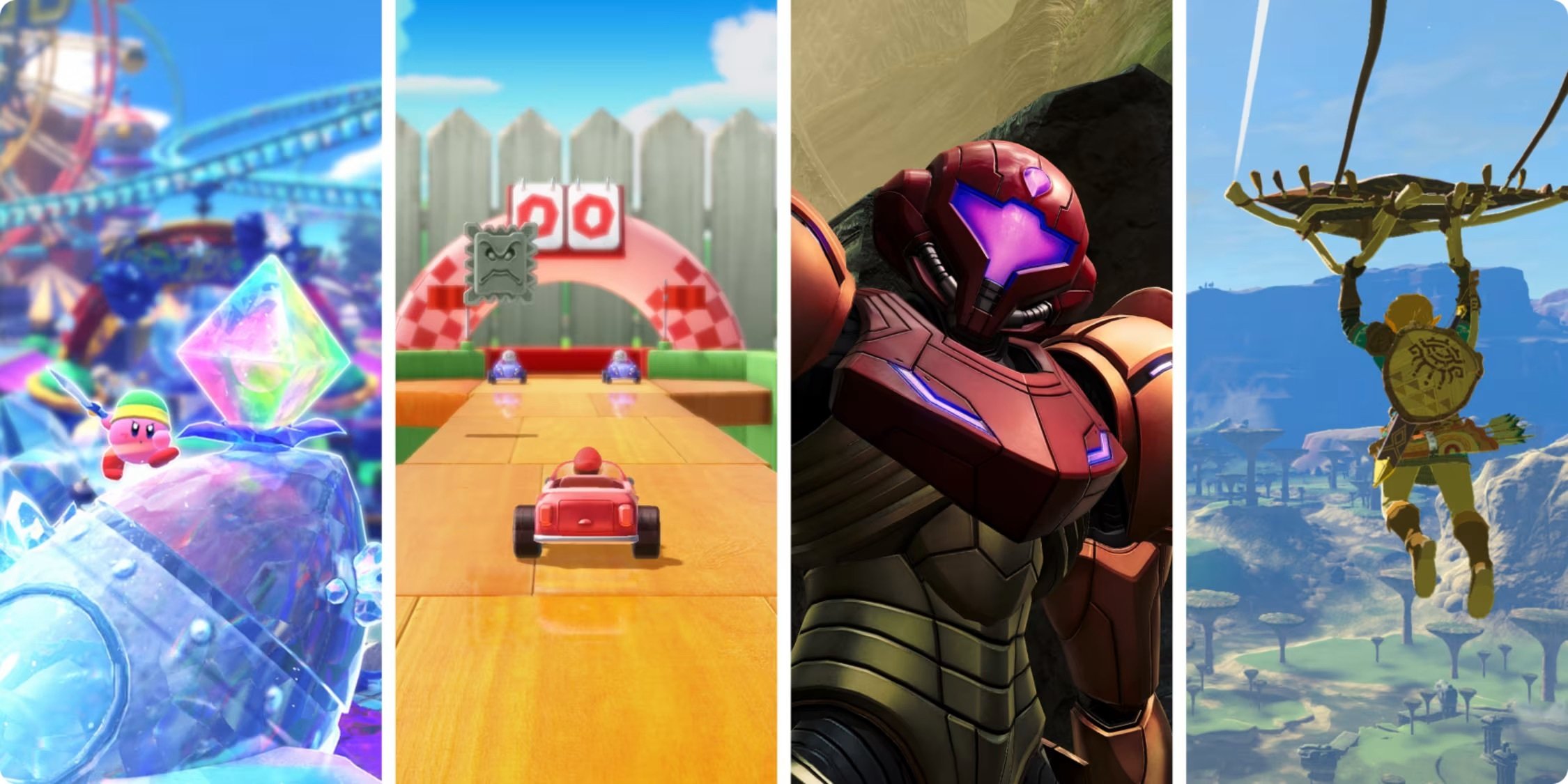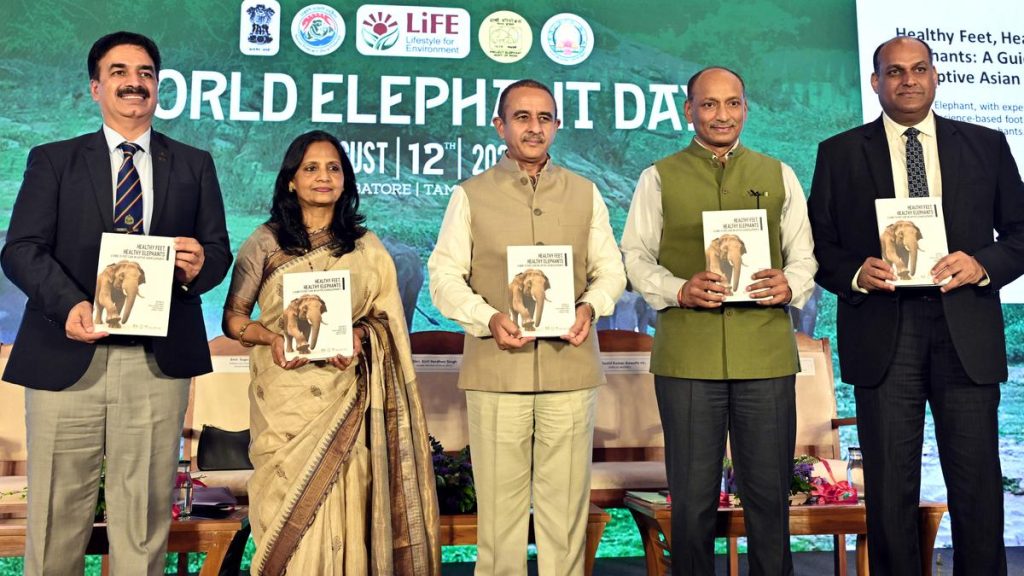Now Reading: Guide to Playing Original Switch Games on Switch 2
-
01
Guide to Playing Original Switch Games on Switch 2
Guide to Playing Original Switch Games on Switch 2

Fast Summary
- Nintendo Switch 2 is confirmed to be mostly backward compatible with Nintendo Switch 1 games, relying on emulation rather than native hardware compatibility.
- While moast Switch 1 titles are playable on the new console, more than 120 games-including popular ones like Doom: Eternal and rocket League-face various compatibility issues.
- Free updates will be provided for select incompatible games to improve functionality, but certain titles may not run at all initially.
- In response to these issues, Nintendo plans to release “Switch 2 Edition” versions of specific titles (e.g., Zelda: Breath of the Wild, Kirby, and upcoming releases like Metroid Prime 4) with enhanced graphics, frame rates, or additional features. These editions require an upgrade pack purchase for enhancements but offer discounts for existing owners of the originals.
- Players can transfer game data and digital purchases through system-wide transfers or individual “Virtual Game Cards,” launching in April. Virtual cards allow users flexibility when moving digital games between consoles linked via a Nintendo account.
Indian Opinion Analysis
The backward compatibility design of the Nintendo Switch 2 reflects a deliberate balancing act between innovation and legacy support. While maintaining accessibility for many older titles aligns with customer loyalty goals,noticeable gaps in coverage may frustrate players who invested heavily in popular franchises that no longer function seamlessly without patches or updates.
From India’s perspective as part of its growing gaming market-which is increasingly driven by smartphone adoption but sees console ownership among premium users-a transition like this highlights challenges around maintaining value for loyal consumers while advancing technology standards. The availability of discounted upgrades is likely viewed positively by Indian gamers seeking cost-effective options; however, reliance on virtual Game Cards might create demand for stable internet infrastructure-a continuing hurdle in parts of India.
Nintendo’s careful focus on creating upgraded editions could set benchmarks within India’s gaming landscape concerning expectations around graphical fidelity versus affordability. Long-term success will depend on how well companies manage interoperability alongside profitability amid audiences where trust-building remains essential due to evolving tech preferences.

























